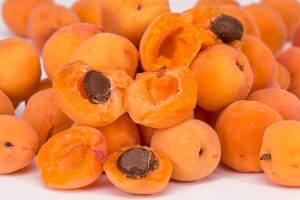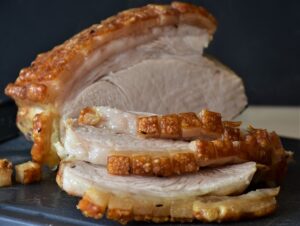Introduction
Cockroaches are often considered pests and are not typically associated with being a source of food. However, in recent years, there has been growing interest in alternative protein sources, including insects. This raises the question: how much protein is in a cockroach? In this article, we will dive deeper into this topic and explore the protein content of cockroaches.
Protein Content in Cockroaches
Cockroaches are known to contain a significant amount of protein. According to research conducted by scientists at the University of California, Irvine, the protein content in cockroaches can vary depending on the species. On average, the protein content in a cockroach ranges from 45% to 65% of its dry weight.
One of the most commonly studied species of cockroach is the American cockroach (Periplaneta americana). Studies have shown that the protein content in American cockroaches can be as high as 64% of their dry weight. This makes them a potentially valuable source of protein.
Benefits of Cockroach Protein
While the idea of consuming cockroaches may be off-putting to many, it is important to note that cockroach protein offers several benefits. Firstly, cockroach protein is considered a complete protein, meaning it contains all the essential amino acids that our bodies need. This makes it a valuable source of nutrition.
Additionally, cockroach protein is rich in micronutrients such as vitamins and minerals. Studies have shown that cockroaches contain high levels of iron, calcium, and zinc, which are essential for maintaining good health. These micronutrients are often lacking in traditional protein sources, making cockroach protein a potentially valuable addition to our diets.
Uses of Cockroach Protein
While the idea of consuming whole cockroaches may not be appealing, there are alternative ways to utilize cockroach protein. One such method is extracting the protein and incorporating it into food products. Cockroach protein can be processed into a powder form and used as an ingredient in various food products such as protein bars, snacks, and even pet food.
In fact, some companies have already started exploring the use of cockroach protein in their products. For example, a Swiss startup called “Essento” has developed protein bars made from cricket and cockroach flour. These products are marketed as sustainable and nutritious alternatives to traditional protein sources.
Conclusion
In conclusion, cockroaches contain a significant amount of protein, with the protein content ranging from 45% to 65% of their dry weight. Despite the initial aversion to consuming cockroaches, their protein offers several benefits, including being a complete protein and rich in essential micronutrients. While the idea of consuming whole cockroaches may not be widely accepted, there is potential in extracting and incorporating cockroach protein into various food products. Further research and development in this area may lead to the utilization of cockroach protein as a sustainable and nutritious protein source.
References
1. University of California, Irvine: www.uci.edu
2. Essento: www.essento.ch












